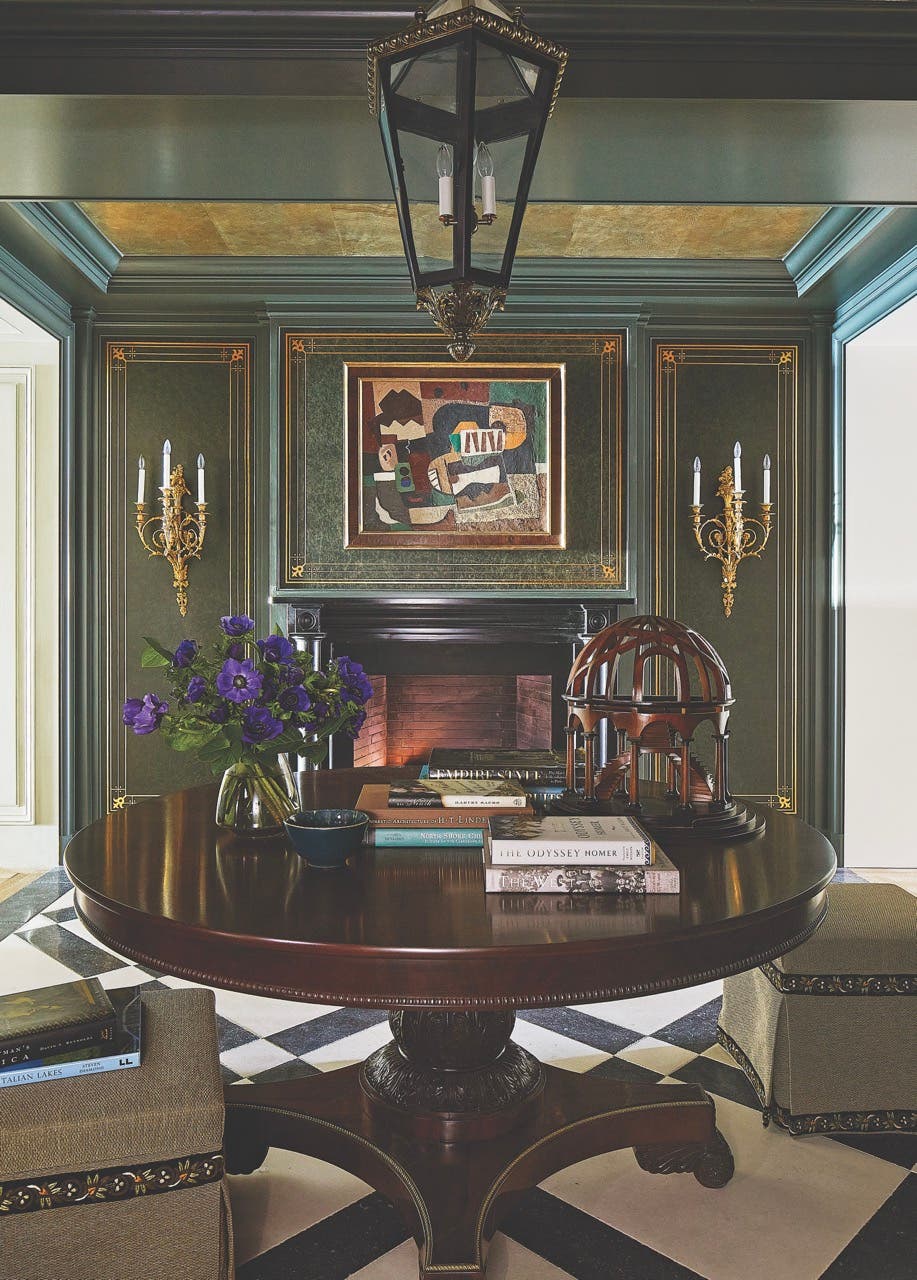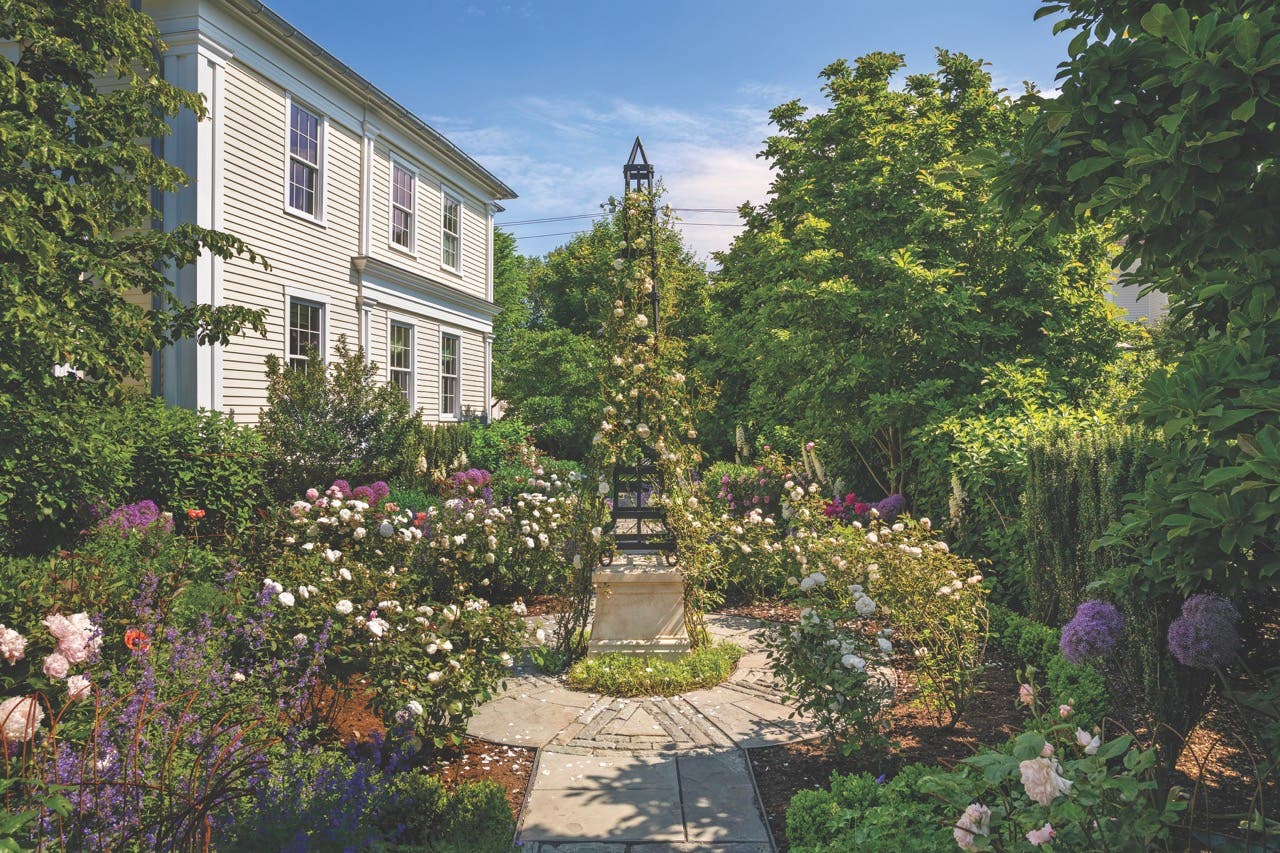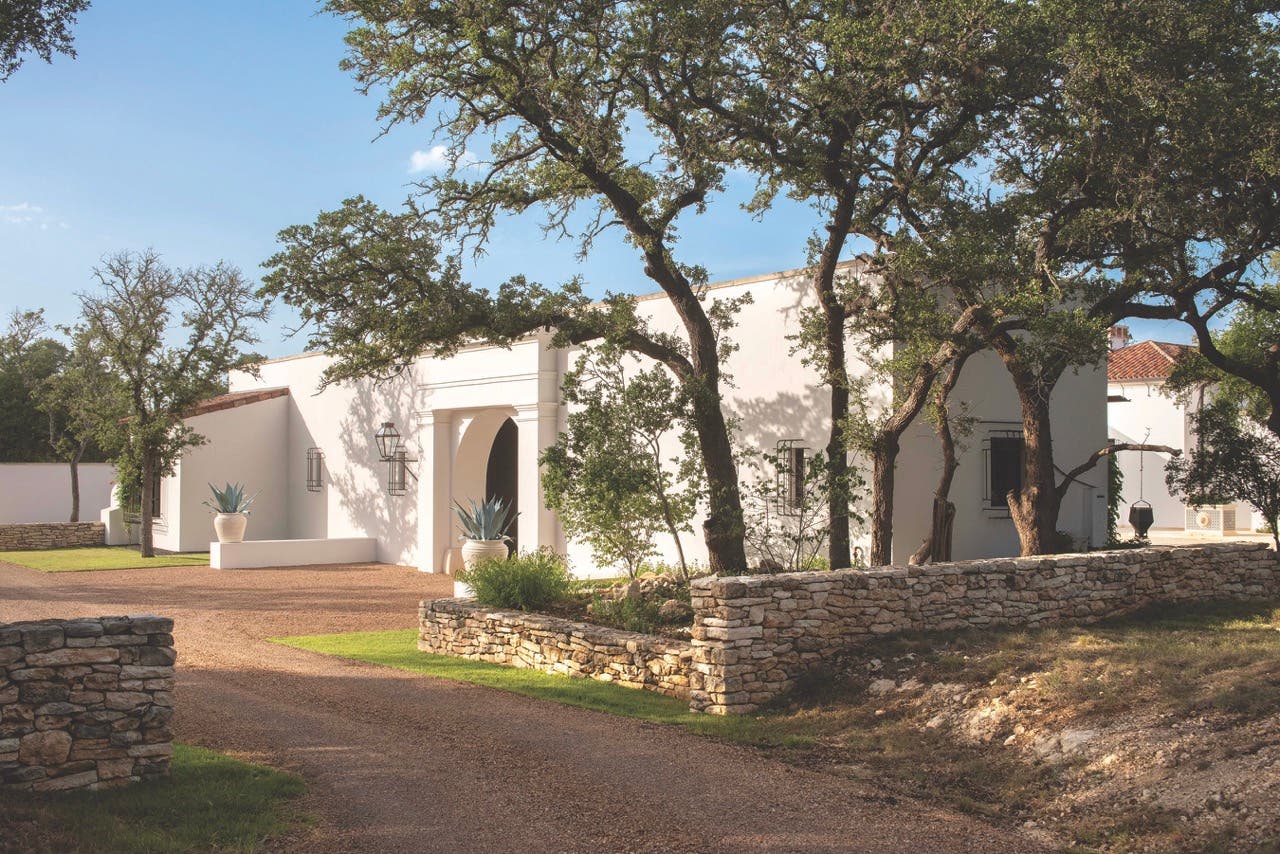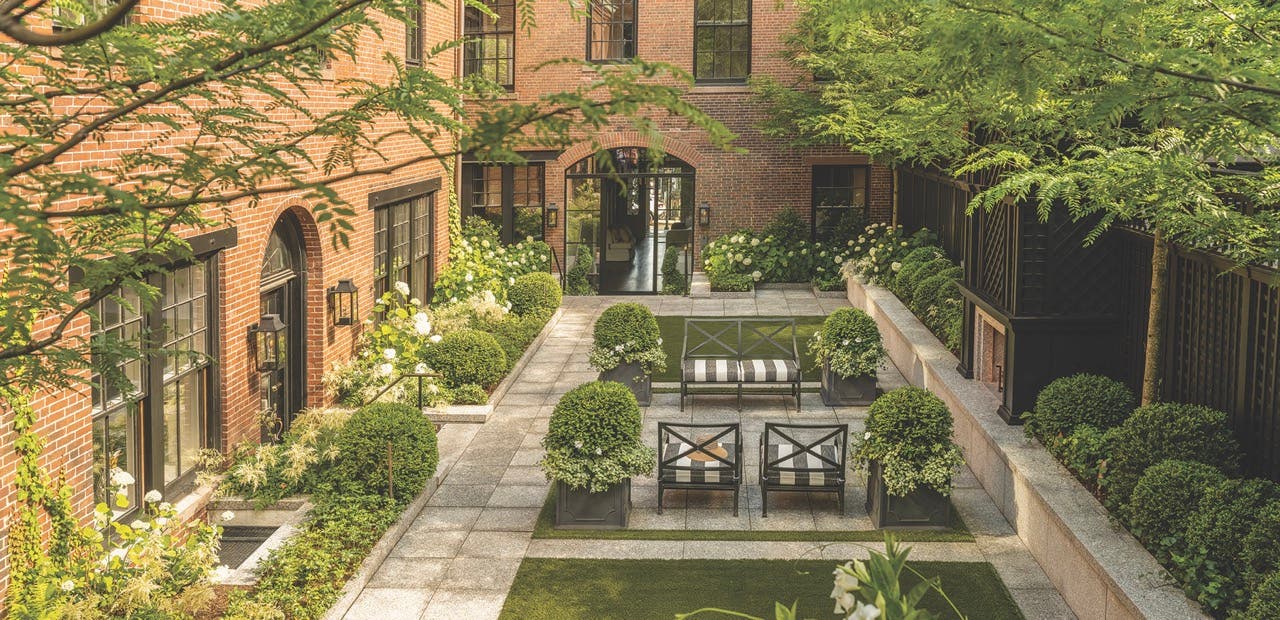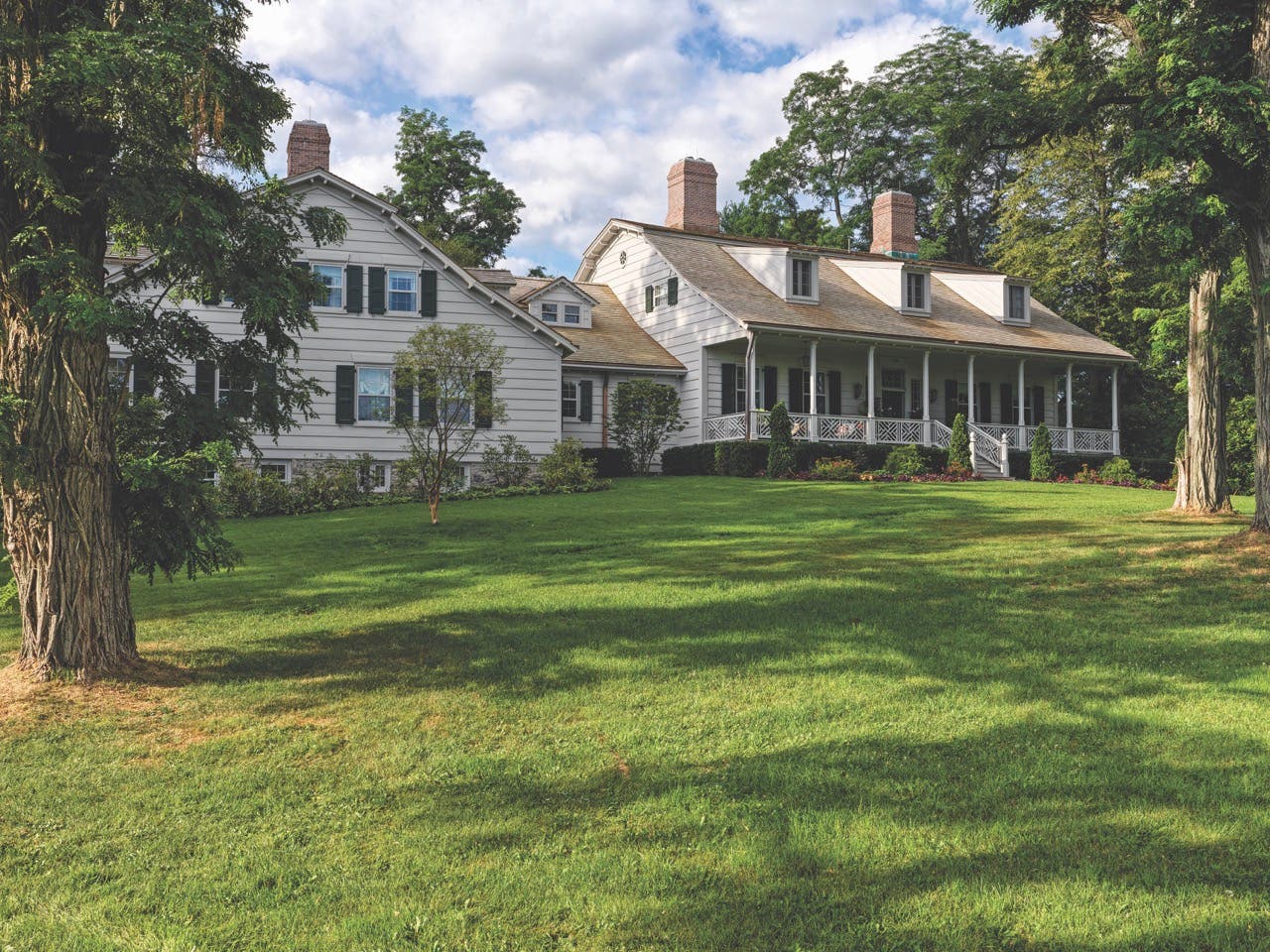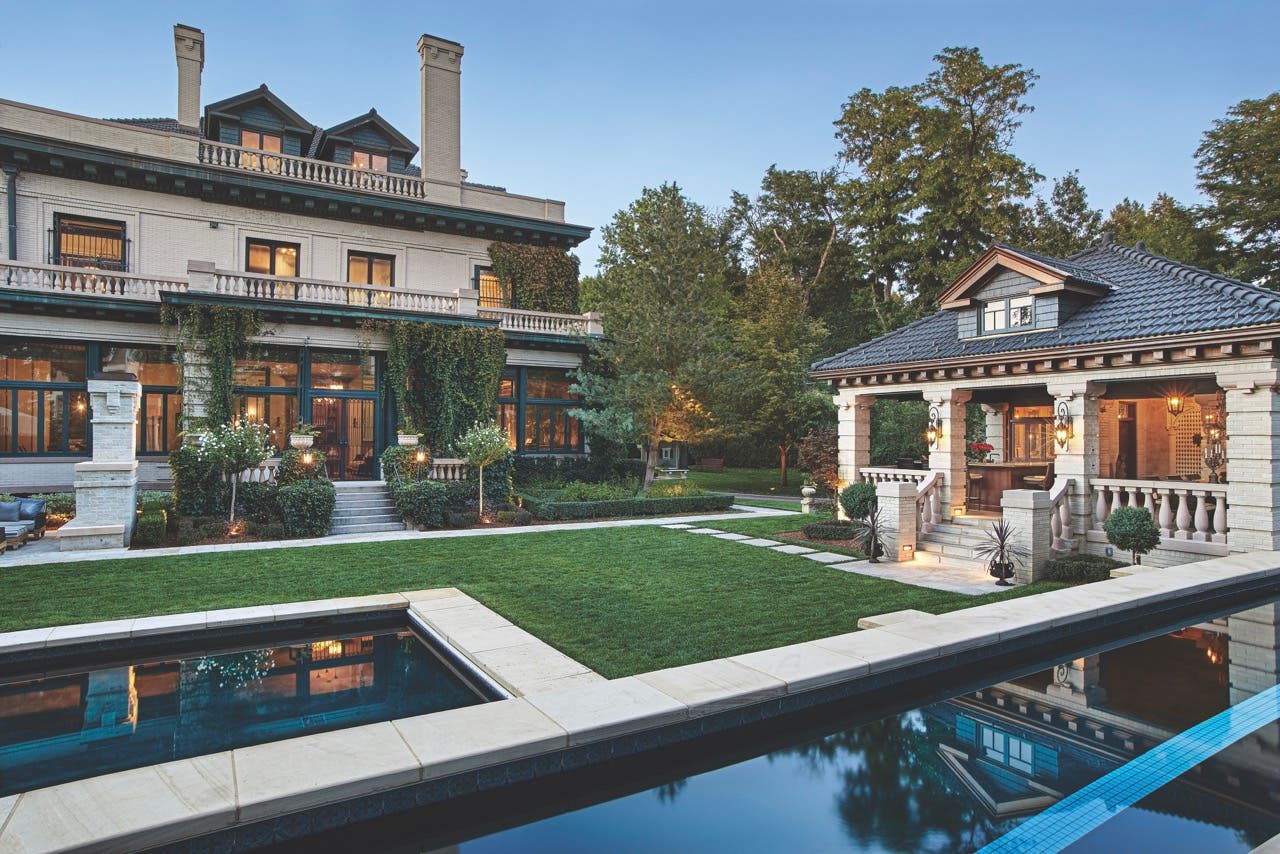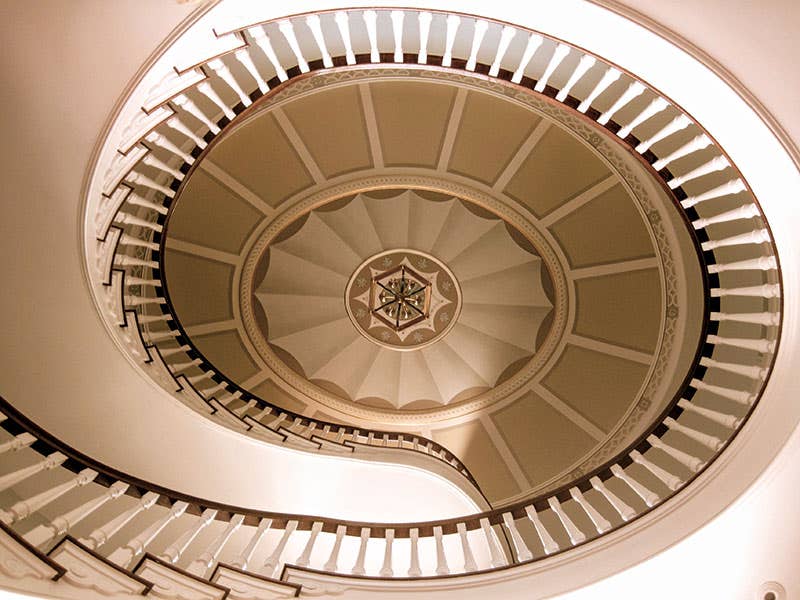
Palladio Awards
Hamady Architects’ Renovation of Cricket Hill
THE 2015 PALLADIO AWARDS
Restoration and Renovation
Winner: Hamady Architects
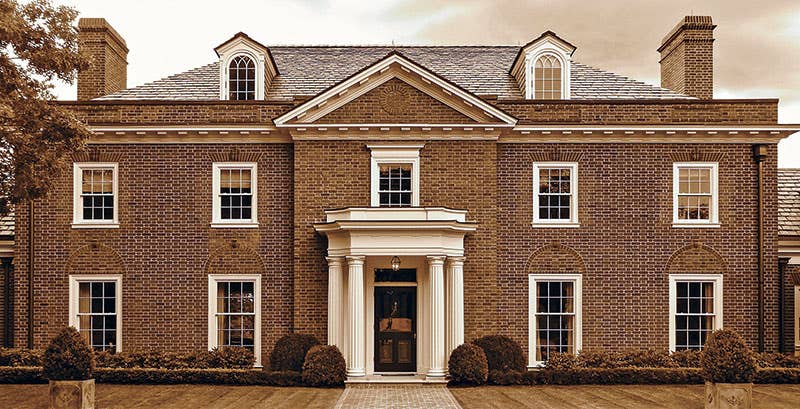

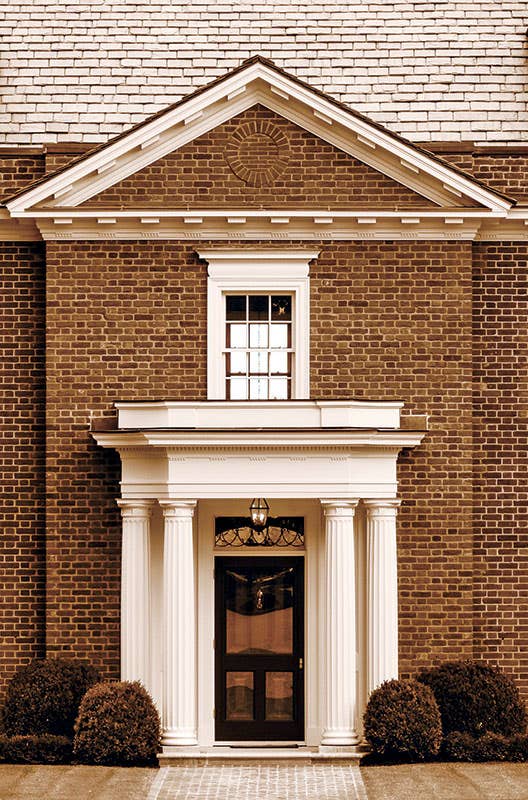
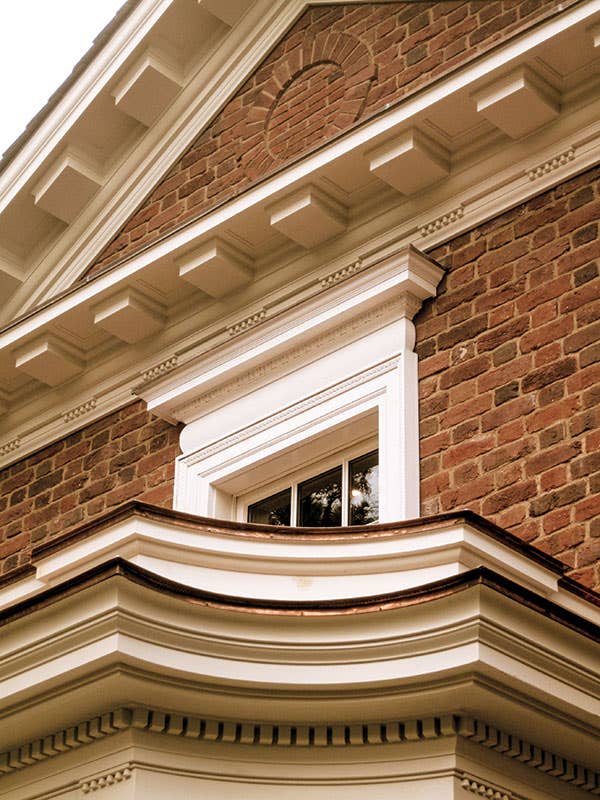
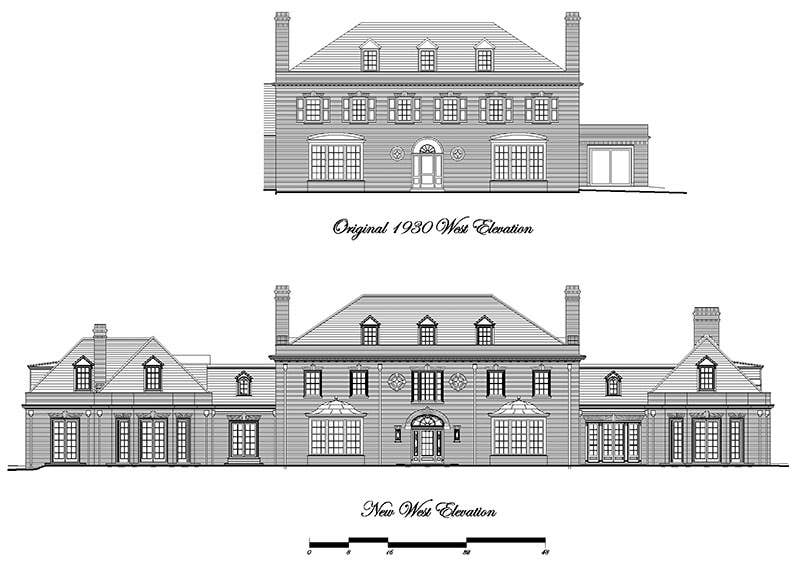
On a pristine 11-acre property overlooking a protected reservoir in Greenwich, Connecticut, sits a 1930 Georgian-style house that has recently undergone a major transformation—one that relied heavily on illusion. The renovation of Cricket Hill, executed by Hamady Architects, LLC, was initiated in late 2010 and completed in the fall of 2013.
Project: Cricket Hill, Greenwich, CT
Architect: Hamady Architects, LLC, Greenwich, CT; Kahlil Hamady, principal
Architect: Hamady Architects
Project: 1930 Georgian House
General Contractor:Cornerstone
Contracting, Cos Cob, CT
Ornamental Woodcarving:
Lovingston, VA
Wood Finisher Library: Robert
Weinstein, Fana Interior Designers
Decorative Painter: Stair Dome and
Entry Floor, New York, NY
Brick Masonry: New Rochelle, NY
Painter: Mike Grbic Painting,
Greenwich, CT
Stone and Tile: Felix Lorenzoni Studio,
Greenwich, CT
Architectural Millwork: Gaston &
Wyatt, Charlottesville, VA
Stair Builder: Peter Walston, Walston Stair
Builders. Charlottesville, VA
Specialty Plasterer: Plaster by Nicholas,
Inc. Thornwood, NY
Leaded Glass Windows: Rohlf’s Stained
& Leaded Glass Studio, Inc.,
Mount Vernon, NY
Painter-Living Room: Luca Ulic, Bright
Star Painting, Baldwin Place, NY
Slate Roof: Pana Inc., Danbury, CT
Electrical Subcontractor: Stamford, CT
Accommodating the clients’ desire to expand the modestly scaled house to make it more conducive to a contemporary lifestyle, the team concentrated on the preservation and redesign of the structure’s central volume and two add-on wings. With close attention paid to the classical principles applied to the original design and great awareness of the essential relationships between the landscape and the architectural spaces, axes were extended both vertically and horizontally from the central hall through the primary spaces of the house and into the landscape. “The use of the axes to open up and relate architecture with the landscape and the interiors, and the careful use of proportional distance to create a very coherent and harmonious composition were the truly important,” explains principal architect Kahlil Hamady.
The renovated and added spaces cover approximately 12,000 square feet and include a trompe l’oeil-like domed ceiling in the entry hall; a custom-milled gentleman’s study and library; a family wing with kitchen, pantries, mudroom, and service areas; and a secondary stair hall adjacent to the library with a diminutive bar and guest suite. Additionally, the property has a new driveway, a pool, a pavilion, a barn, terraces, retaining walls, gardens, and a park planting.
“The proportions of the house both on the inside and the outside were extremely challenging,” notes Hamady. “It was a very horizontal composition at the front that lacked any real balance… and the procession through the spaces was not very pleasing.” In response, the team added a pedimented façade and Doric porch; re-graded the west elevation with water views; redesigned the existing building entablature; and removed the second floor ceiling in the hall, vertically extending the space into the attic. Hamady describes feeling “tied down” by the low interior ceiling height. They, therefore, customized the millwork in all rooms to give them more attenuated proportions, thereby adding to the perception of the rooms being taller, with very uplifting and vertical impressions in spaces that were actually quite compressed.
Serious attention was paid to fine details. “There was a lot of work with craftsman, both in terms of the metalwork and the woodwork,” notes Hamady. For instance, in the newly added library, four pilaster capitals each contain a hand-carved floret representing an indigenous plant species on the property as well as each of the four seasons. “It’s a celebration of the landscape that is there,” says Hamady.
From the outside, the house looked very compressed, so the team re-graded the landscape away from the house, which was divided into three distinct parts. A redesign of the façade’s proportions included the division of its central volume (to break the horizontal composition) and the addition of a pediment at the top as well as a new porch. Details included a reconfiguration of the entablature so “there was a much slower rhythm to it.” Also altered were the exterior arches over the windows on the first floor. “Essentially we gave a vertical uplift to the front composition. And the same thing happened to the porch in the front—a new composition and new proportions,” notes Hamady. “It was a strong transformation from a central mass to a much more proportioned and human scale.”
With respect to the north and south axes, they extended the whole conflux of spaces tying the interior spaces to the landscape and gardens with vertical directions. The southwest and northwest accesses were extended from the landscape through the house and back into the landscape, which became the structure for the procession through the different spaces.
Combined, these changes turned the formerly constricted structure into the house and landscape that comprise Cricket Hill today—it is at once an expansive, articulated, and measured property defined by a now-pleasing procession of spaces.



